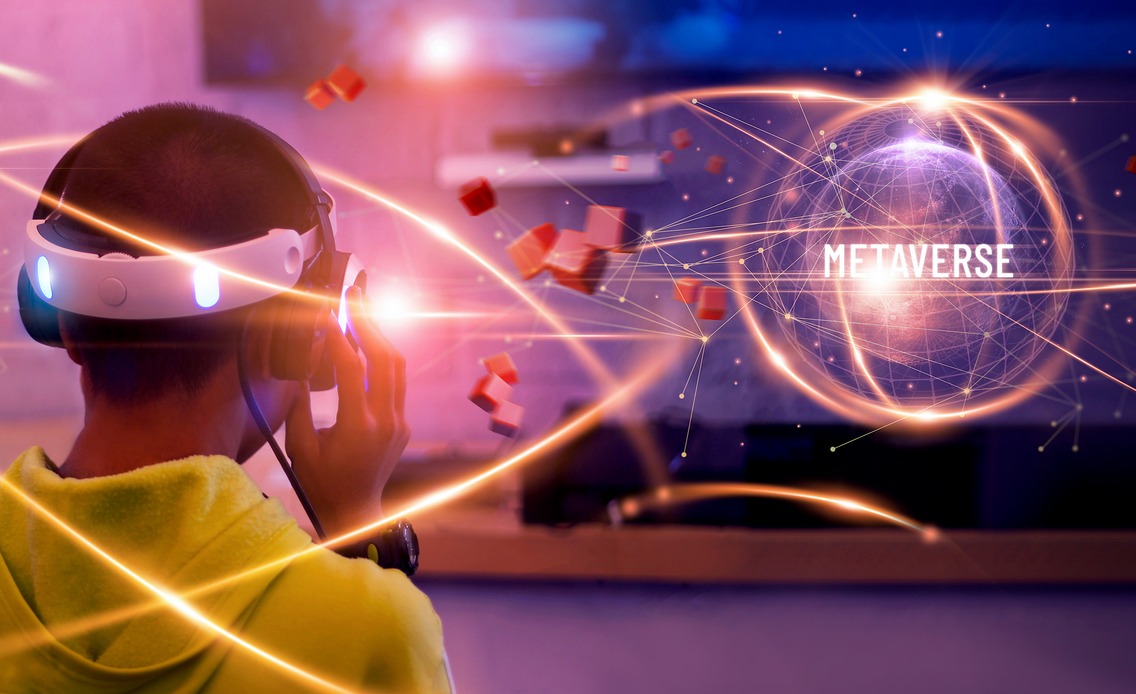
EXPLORING THE FUTURE OF NFTS AND VIRTUAL REALITY
Exploring the Future of NFTs and Virtual Reality
The Future of NFTs and Virtual Reality: How the Combination of These Technologies Will Revolutionize Ownership and Value
Introduction:
Non-fungible tokens (NFTs) and virtual reality (VR) are two of the most exciting technologies of our time, each with the potential to disrupt industries and change the way we think about ownership and value. NFTs have gained significant attention in recent years as a way to own digital art, music, and other unique assets, while VR has rapidly developed into a new medium for entertainment, education, and social interaction. The combination of these two technologies presents a unique opportunity to create new experiences and revenue streams for artists, gamers, and other creators, as well as to democratize access to art and cultural experiences. In this blog post, we'll explore how these two technologies could be combined to create new opportunities and revolutionize ownership and value.
The Basics of NFTs
To fully understand the potential of NFTs and VR, we first need to understand the basics of NFTs. NFTs are unique, digital assets that are stored on a blockchain and cannot be replicated. They are used to represent ownership of digital content, such as artwork, music, or even tweets. NFTs use a smart contract to verify ownership, which makes them transparent, immutable, and secure. NFTs can be bought and sold, just like physical assets, and their value is determined by supply and demand.
The Basics of Virtual Reality
Virtual reality, on the other hand, is a technology that enables users to enter and interact with a three-dimensional, computer-generated environment. VR can be experienced through a headset, which tracks the movement of the user's head and displays the environment accordingly. VR can be used for a wide range of applications, including gaming, education, and training. It provides a fully immersive experience that can transport users to different locations, enable them to interact with virtual objects and characters, and even socialize with others in a virtual space.
Combining NFTs and Virtual Reality
The combination of NFTs and VR presents a unique opportunity to create new experiences and revenue streams for artists, gamers, and other creators. Here are some of the ways that NFTs and VR could be combined:
Virtual art galleries and museums: NFTs can be used to represent ownership of digital art, and VR can be used to create immersive virtual galleries and museums where people can view and experience this art in new and exciting ways. Users can walk around a virtual space, interact with the art, and even attend virtual events and openings.
Exclusive access to virtual experiences: NFTs can be used to provide exclusive access to virtual experiences, such as concerts, events, and even virtual environments. This can create a new revenue stream for artists and event organizers, as well as enable users to experience something that they wouldn't have access to otherwise.
NFTs as in-game items: NFTs can be used to represent unique in-game items, such as weapons, armor, and other equipment. These items can be traded between players, creating a new market for gamers and a new revenue stream for game developers.
Digital real estate: NFTs can be used to represent ownership of virtual real estates, such as virtual land or buildings. This can create new opportunities for developers to create virtual worlds, and for users to own a piece of the virtual world.
Challenges and Opportunities
While the combination of NFTs and VR presents a unique opportunity, there are also challenges that need to be overcome. One of the main challenges is the technical infrastructure required to support